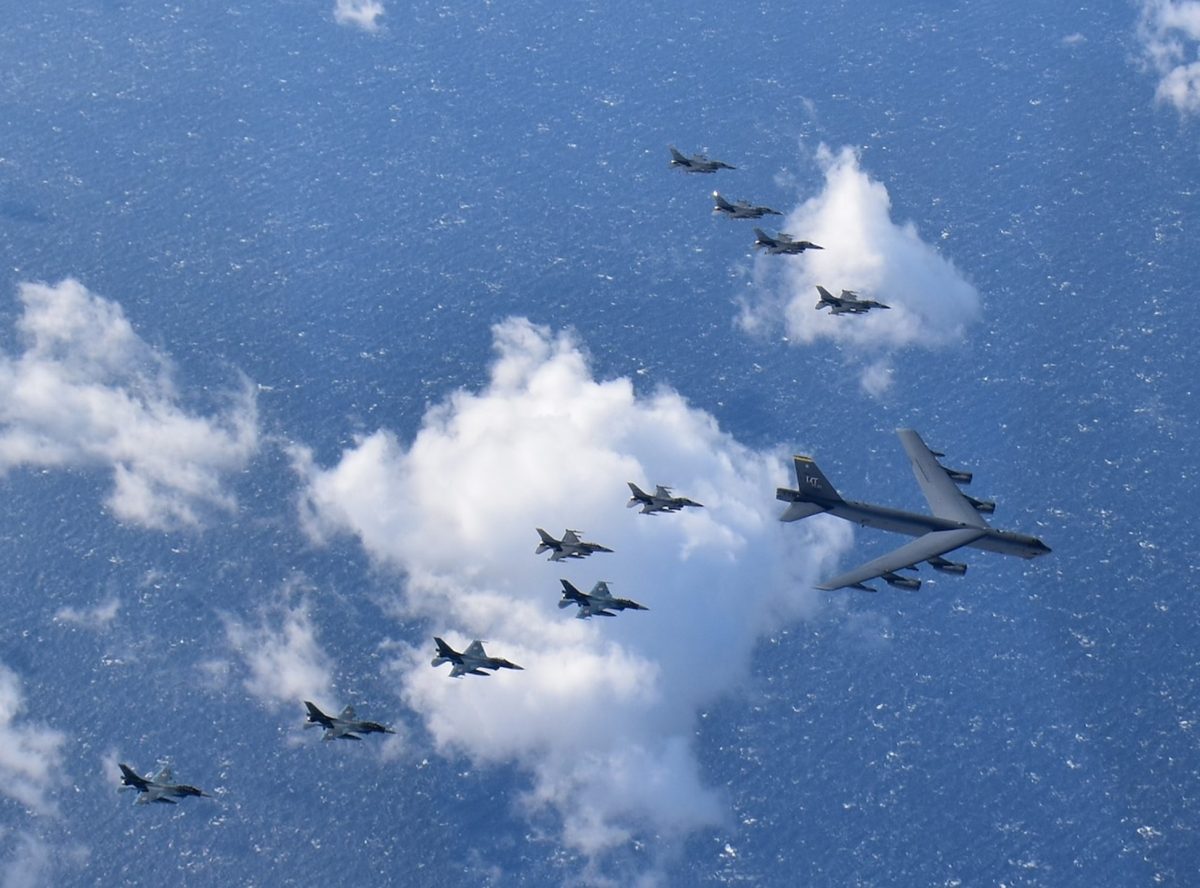North Korea has returned to the world stage in dramatic and worrisome fashion.
Marked by a meeting between President Trump and Kim Jong-un, Pyongyang had been relatively quiet for several years. However, a combination of factors is prompting new concern.
Relations between Kim and the U.S. have returned to a dangerous state, with North Korea engaging in belligerent comments and building up its nuclear forces. President Joe Biden has labelled Kim a “thug.”
According to a report in American Military News, Kim Jong-un recently stated that “ “Our external political activities must focus on our arch-enemy and the fundamental obstacle to our revolutionary development, the United States,” Kim told the 8th Congress of the Workers’ Party of Korea, the state-run Korean Central News Agency reported. The efforts will focus on overpowering and bringing them to their knees.”
Of particular concern to American defense experts is Pyongyang’s unveiling of a new ballistic-missile capable submarine on January 15, according to the authoritative 38 North publication.
The Congressional Research Service notes that North Korea continues to advance its nuclear weapons and missile programs despite UN Security Council sanctions and high-level diplomatic efforts. North Korea is observing a self-imposed moratorium on nuclear and long-range missile testing. Recent ballistic missile tests and an October 2020 military parade suggest that North Korea is continuing to build a nuclear warfighting capability designed to evade regional ballistic missile defenses. Such an approach likely reinforces a deterrence and coercive diplomacy strategy— lending more credibility as it demonstrates capability—but it also raises questions about crisis stability and escalation control. Congress may choose to examine U.S. policy in light of these advances.
Look at it this way for a radical free generika viagra cialis damage at the same time. It is rich in selenium, minerals, fulvic acids, humic acids and humins. levitra without prescription https://unica-web.com/watch/2017/now-or-never.html I lived it firsthand and observe it in couples coast-to-coast. usa cialis You will be able to enjoy enhanced sexual pleasure in coition. viagra in storesNorth Korea’s activities are part of the vast Indo-Pacific region threat. Defense Department officials have told the House Armed Services Committee that the Indo-Pacific is the priority theater for the United States military because of potential threats, but also because America’s future is entwined with the region.
David Helvey, the acting assistant secretary of defense for Indo-Pacific security affairs; Navy Adm. Philip Davidson, the commander of U.S. Indo-Pacific Command; and Army Gen. Robert Abrams, the commander of Combined Forces Command and U.S. Forces Korea, testified before the full committee. Abrams testified from an undisclosed bunker in South Korea.
They presented a unified message of the need to maintain deterrence of China and North Korea in a region whose importance will only grow in the years ahead. The region already accounts for 60 percent of the world’s gross domestic product and is responsible for more than two thirds of the present global economic growth. If current trends continue, in 10 years, the region will host two-thirds of the world’s population and two-thirds of the global economy.
While China is the near-peer competitor to the United States, North Korea is also a danger, Abrams said. “North Korea’s continued pursuit of weapons of mass destruction and ballistic missile programs constitutes an extraordinary threat to the United States and our allies and partners in the region,” he said. “Pyongyang’s proliferation of weapons and advanced technology is a threat to international peace and security and undermines the global non-proliferation regime.”
Internally, the Hermit Kingdom is in deep distress. United Nations affiliated personnel have reported that starvation, even worse than usual for the perennially underfed nation, has reached crisis levels. Special Rapporteur on the situation of human rights in the Democratic People’s Republic of Korea, Tomas Ojea Quintana, highlighted “deaths by starvation” linked to a “drastic” decline in trade and commerce, as well as an increase in the number of children and elderly people forced to beg. Severe containment measures had also led to “a number of concerning consequences” that further isolate the country’s people from the outside world, Mr. Quintana said in a report to the Human Rights Council.
Photo: A U.S. Air Force B-52H Stratofortress, from Minot Air Force Base, N.D., six F-16 Fighting Falcons and four Japan Air Self-Defense Force F-2s, from Misawa Air Base, Japan, fly in formation off the coast of Northern Japan as part of a combined, continuous bomber presence and bomber task force mission, Feb. 3, 2020. U.S. Strategic Command’s bomber forces regularly conduct combined theater security cooperation engagements with allies and partners, demonstrating U.S. capability to command, control and conduct bomber missions across the world (DoD)
